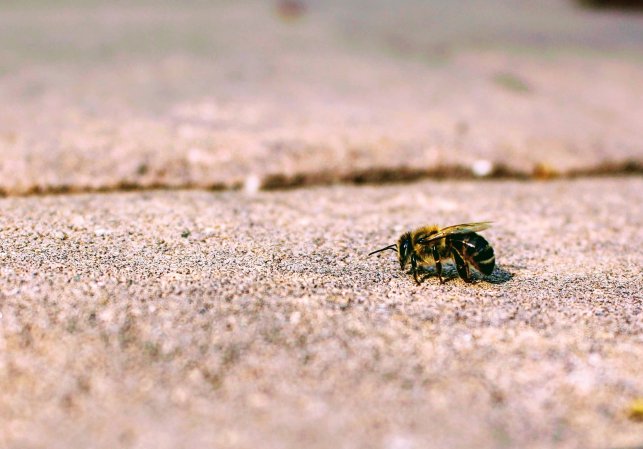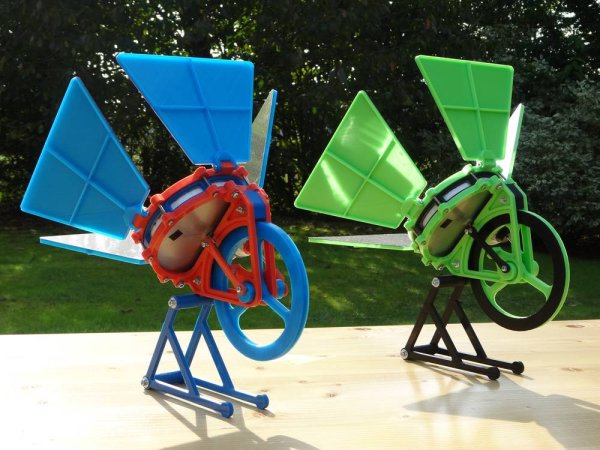

Pollinators like honeybees, moths, some birds, and insects are incredibly important to both agriculture and the ecosystem. They play an integral role in the reproductive process of flowering plants–transporting pollen from one flower to the next, sometimes over long distances.
Now, to explore the interaction between flower shape and pollinator behavior, scientists at the University of Washington figured out a way to manufacture flower shapes using a 3D printer. While no one would argue that 3D-printed flowers should replace the real thing, the fact that the scientists can control the exact size and shape of the flower helps standardize experiments, making them easily reproducible anywhere in the world.
In the study, published yesterday in the journal Functional Ecology, the researchers looked at four different flower shapes, each printed and filled with sugar water to resemble a bloom filled with tasty nectar. They then looked at how a common pollinator, the hawkmoth responded to each of the flower shapes.
Author Eric Campos explains that he and his colleagues were particularly interested in how the flower shape affected the ability of the moth to use its proboscis (the long tube it uses as a mouth):
Campos found that trumpet-shaped flowers were favored by the moths who seemed to be able to get food out of that particular shape more easily than the flatter comparisons. He hopes that in the future research involving 3D-printed flowers could lead to a better understanding of how these important animals and plants interact.















